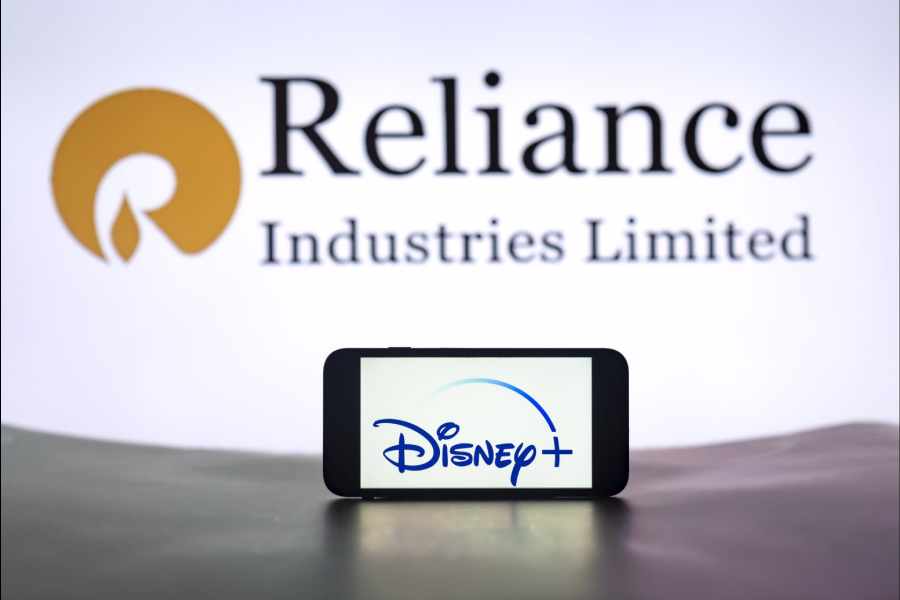The Reliance-Walt Disney merger of their media assets in India will create an $8.5 billion behemoth that could eventually smother its puny rivals and devour market share. With the collapse of a prolonged two-year effort to forge a formidable Zee-Sony media combine, it is clear that the prospect of a slugfest between two evenly-matched titans is well and truly over. The question that arises now is whether the Competition Commission of India will set any conditions in terms of asset divestment in order to restrict the dominance of the emerging Godzilla. Regulatory authorities around the world have always been uneasy about the concentration of economic power in private hands because of the influence they can wield in policy-making. There have been several instances in the past when authorities had to step in to break up monopolies that had grown so big that they choked competition. One of the most celebrated examples is the 1911 breakup of John D. Rockefeller’s Standard Oil, which was smashed into 34 entities. The argument used to justify such a precipitate step was the charge of predatory pricing against Rockefeller’s oil empire. The same argument was trotted out in 1982 to carve out seven regional companies — called Baby Bells — from AT&T which was allowed to keep the long-distance telephony business, equipment manufacturing operations, and Bell Laboratories. Since then, however, the authorities in the United States of America have found it much harder to sunder monopolies. For instance, the US Department of Justice failed in its attempt to shrink Microsoft in 1998. The battle to cut Google down to size has also failed in recent years.
Some experts hope that the CCI will force the new Reliance-Disney combine to sell some assets to prevent the emergence of a new monopoly that will exercise great influence in the telecom, media and technology space. This, however, is unlikely. The Competition Act begins with the general premise that market dominance by itself cannot be considered to be bad. However, abuse of dominant position through anti-trust behaviour like predatory pricing or exclusionary practices to shut out competitors from supposedly universal, agnostic platforms will force the regulator to clamp down hard.
This principled stand throws up a somewhat disturbing question: can the unconditional approval of a merger designed to create a new monopoly guarantee that the entity will not abuse its power in the future? Moreover, the litmus test to establish abuse of market dominance is fairly circumscribed. Anti-trust investigations are carried out in carefully-defined ‘relevant markets’ — and that is where semantics can overwhelm skullduggery. The blurring of boundaries between telecom and media as a result of technological advancements means that abusive conduct can have massive spillover effects in other markets. The regulator must seriously consider the need for moats to hem in the new media giant. If it fails to do so, there is a danger that more tombstones will start to pop up in the corporate graveyard.











